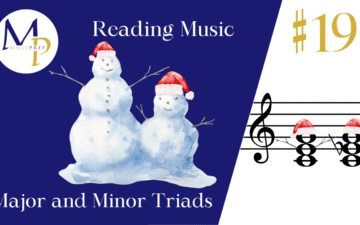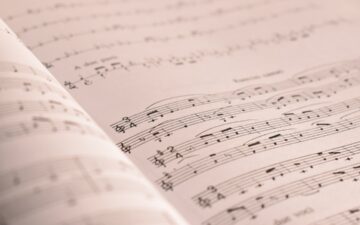Learn the essential chord construction steps with a simple snowman visual. Discover how stacking lower, middle, and upper thirds helps you build clear major, minor, diminished, and augmented triads. Perfect for beginners in music theory.
Music Education Insights
Understanding Chord Structure: A Simple Visual Trick for Beginners
Learning chords can feel abstract at first. Notes stack on top of each other, intervals matter, and suddenly you are told you need to “hear” thirds. For beginners, this is a lot. A simple image helps: think of chords as little snowmen.
Why Music Theory Lessons Online Are the Best Way to Learn in 2025.
Learn music theory online with flexible, expert-led lessons. Master scales, harmony, rhythm, and analysis at your own pace with structured courses and practical exercises.
What Is Timbre in Music? The Color of Sound
Have you ever wondered why a piano and a violin sound so different even when they play the exact same note? The answer lies in one of music’s most fascinating yet often overlooked elements: timbre in music. Often described as the “color” of sound, timbre is what gives each instrument its unique sonic personality and…
Why Every Music Student Should Learn to Analyze—Music Analysis for Students
Music analysis isn’t just for academics — it helps students play with more expression and understanding. Here’s how to introduce it gently and clearly.
Connecting Music Theory to Real Repertoire: Practical Music Theory
Discover how to make practical music theory meaningful by connecting concepts to real repertoire. Learn effective strategies for applying theory to pieces students are already playing, from choosing teachable moments to encouraging discovery-based learning.
How Much Theory Do Young Musicians Really Need? Music Theory for Kids
Should young learners study advanced theory? Learn how to balance foundational knowledge with musical enjoyment — and when to introduce more complex ideas for music theory for kids.
The Secret to Teaching Music Theory to Absolute Beginners
New to teaching theory to total beginners? This guide will help you simplify key concepts and build confidence from day one.
Teaching Music Theory Without a Textbook: Creative Music Education.
Textbooks can be helpful — but they’re not essential. Discover creative, hands-on ways to teach music theory using real music, movement, and active listening.
Back to School 2025: Music Theory Back to School Essentials.
Find the best music theory back to school essentials—from beginner keyboards to headphones and tools that support focused, effective learning.










